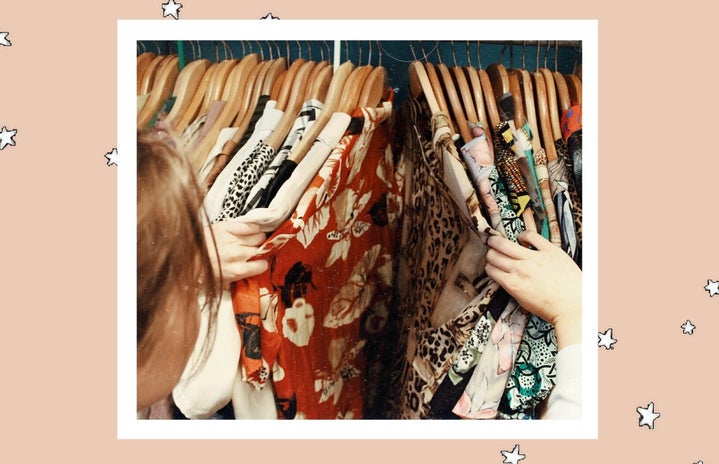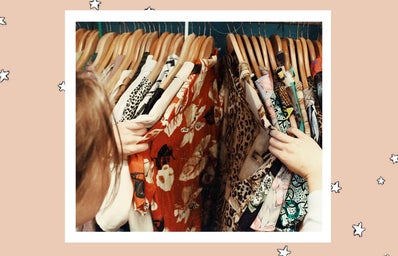The collapse of the 20-year trend cycle and the rise of micro-trends have fueled capitalist consumerism. The days of influencers and massive clothing hauls have influenced us to believe that mass overconsumption is realistic and necessary. To be trendy is to be cool, but when the trends are constantly changing, our stylistic individuality disappears for cookie-cutter consumerism. It begs the question: how much is too much?
The looming pressure of the climate crisis and the unsustainable nature of constant consumption have prompted a shift in the way I view shopping. Instead of pursuing trendiness, I look for longevity and timelessness in my clothes while building my own style. Before, I would look at the style of clothing, price, and size to determine my purchasing habits. Now, while still looking for those things, I also look for the garment composition, the construction of the item, and the sustainability and ethicality of the brand.
Fortunately, it is not just me who thinks like this, as there has been a wave of “quality over quantity” rhetoric in the media. Shoppers have begun taking a closer look for long lasting, ethically sourced, and sustainable clothing rather than trendy clothes that fall out of style quickly and fall apart even quicker.
When shopping for your clothing, here are some things to look out for. The first thing to check is the fabric make-up of the item in question. On the inside of the garment, on the tag where the size is labeled, look for the percentage of materials that the fabric is made up of. It is best to purchase natural fibers such as linen, cotton, and wool over synthetic fabrics such as polyester. The higher the percentage of natural fabric, the better.
Next, look at the construction of the item. Check for straight seams with minimal fraying and loose ends – check the inside of the garment for laziness and cut corners as well. Look at the buttons and other embellishments to make sure they are not loose, but secure. These are good tells for poorly assembled clothing versus high-quality clothing. It is also important to note that high-quality clothing is not synonymous with luxury clothing and expensive name brands. More than likely, you are paying for the prestige of the name rather than the value of the clothing.
However great this may be, it is important to note that sustainable and quality clothes are not easily accessible to everyone. The largest barrier to entry is the cost. Better-made clothes with natural fibers and strong construction cost much more than ready-to-wear fast fashion. Having the financial means to shop ethically and sustainably is a privilege.
There is also less size inclusivity in these spaces, unfortunately. This leaves a lot of people out of options when looking to purchase consciously. The prevalence of brands greenwashing makes the search for truly ethically sourced sustainable and high-quality clothing cluttered and difficult.
In response, Gen Z has turned to thrifting as a means to remain cost-conscious and sustainable. Thrifting is a great way to curb the effects of textile waste. They have also picked up hobbies such as sewing, knitting, and crocheting to create their own garments.
In continuing these efforts, paired with increasing the demand for high-quality garments and proper construction of clothing, the easier and more accessible they will become. Implementing these changes not only better serves the environment that serves us, but it also helps curate your style with clothes you love, that will last.

